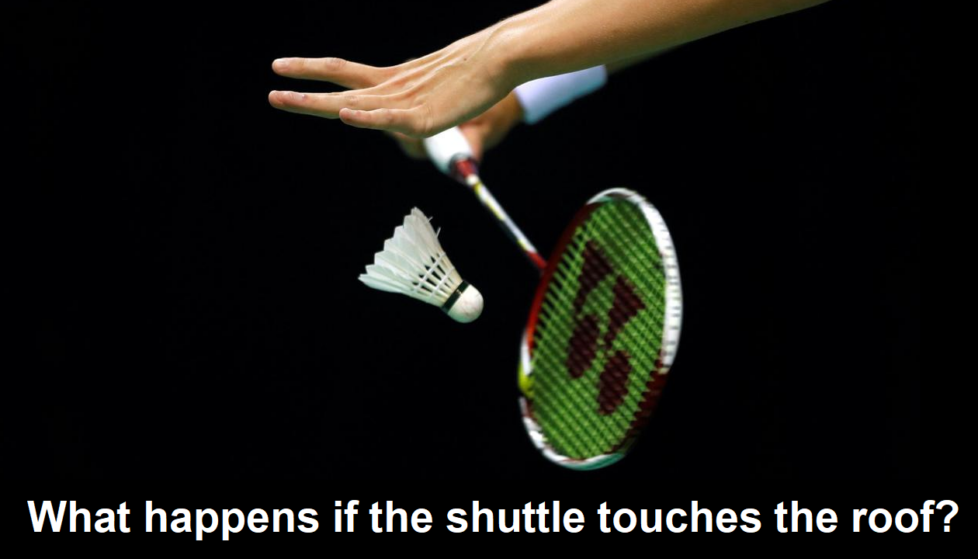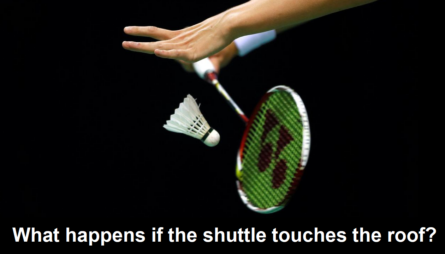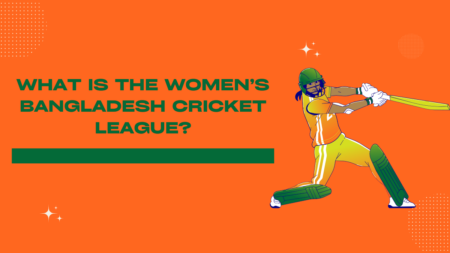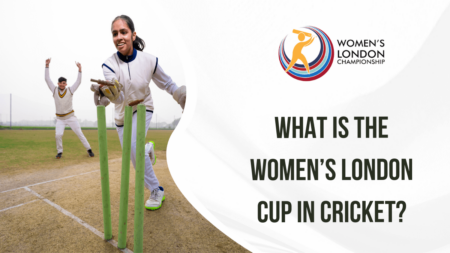

The primary equipment in badminton which is tossed back and forth on either side of the court with the racquet is the shuttlecock. A structure with a conical shape, feathered body, and a rubber base, the aerodynamics of this equipment makes the sport unique in its own.
Professional shuttlers hit a range of shots including the smash, drop shot, net kill, clear, drive, slice, lift, etc. Each of these shots can be played through both the forehand and backhand wings. Additionally, every shot’s execution depends on the positioning of the player on his or her side of the court.
Apart from the regulation dimensions of a professional badminton singles and doubles court, the arena in which the courts are housed also have to measure a threshold value in terms of height. Many badminton tournaments are played in multievent arenas which have to be built such that a sufficient vertical clearance is made for professional play.
Usually, the ceiling of the arena in which the badminton court is housed must be 7.6 to 9 metres high or 24 to 30 feet high. Such a height provides the players with ample opportunity to employ heightened shots like lift and defensive clearance.
During a professional match, if the shuttlecock touches the ceiling, then it is called out as a fault by the umpire. The player who hit the shot loses the rally and eventually the point.
In some closed arenas, the shuttle may even go on to hit the side walls. This too is considered outside bounds and the player who hit the shot loses the point.




